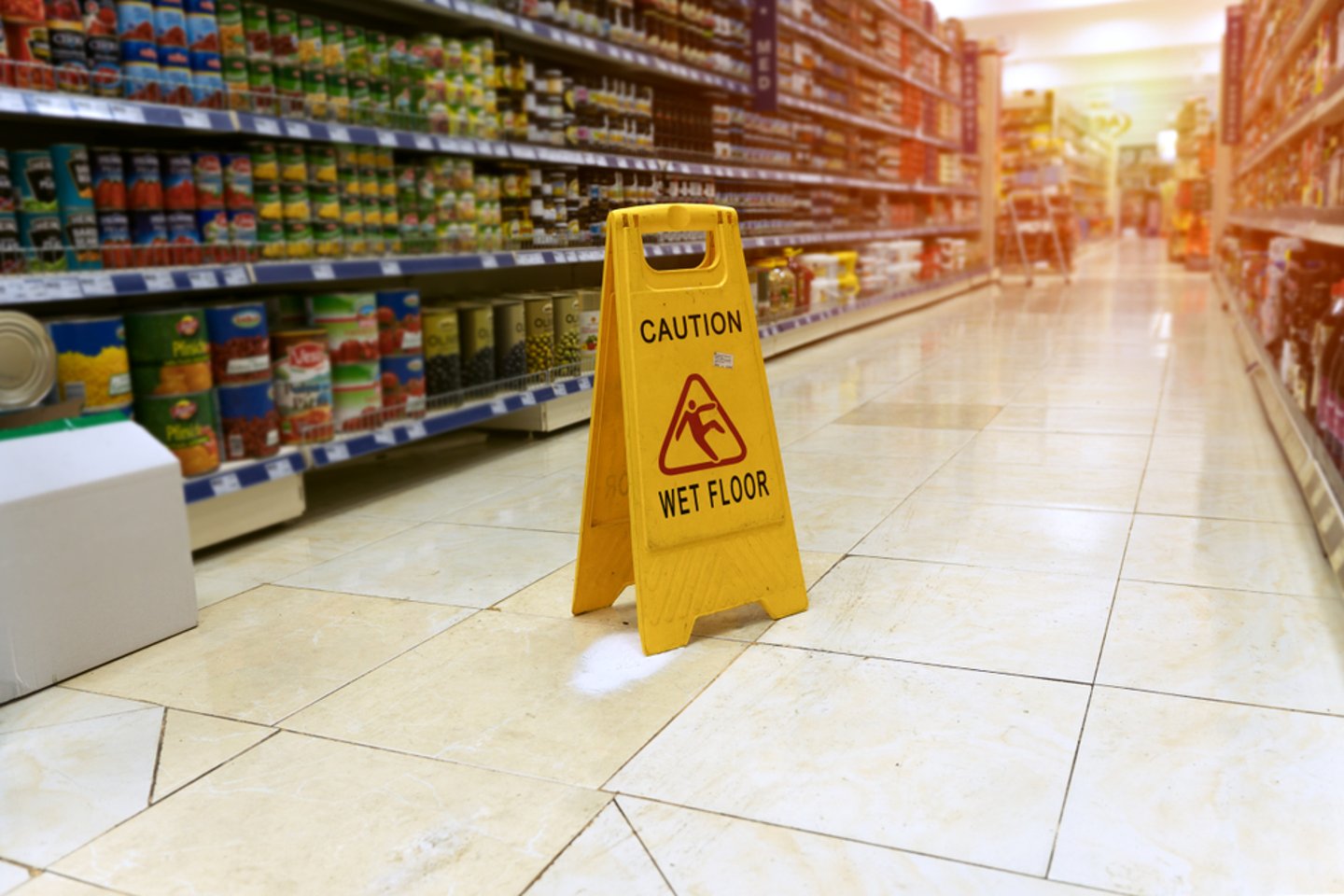3 Ways Small Grocers Can Avoid Costly Insurance Claims
As a grocer, you wear several hats: CEO, CFO, chief marketer and, often, head of loss prevention. Doing one of those jobs is demanding, but doing them all is nearly impossible.
With inflation and the competitive labor market increasing pressure on your business’s bottom line, now is the time to ensure your store’s loss prevention program is as secure as possible. For grocers facing already strained budgets, every claim means less money to pay workers, pay yourself or reinvest in your business.
The good news is that there are actions you can take to reduce the likelihood of dealing with the cost and hassle of these claims. Grounded in my more than 35 years of retail experience and in light of the struggles I’m seeing grocers navigate today, here are my top three considerations for minimizing claims:
1. Establish a Culture of Safety
Safety efforts don’t just keep your customers safe. Your employees are an important group to consider as well. In fact, according to 2022 Acuity claim insights, as many as 78% of commercial slip-and-fall claims were workers’ compensation claims. Having a workforce that prioritizes safety doesn’t happen by chance; it’s built thoughtfully over time, and with repetition.
OSHA defines a safety culture as a culture of shared beliefs, practices and attitudes that exist within a company to ensure the safety of all employees at all times. Consider taking these actions:
- Develop a safety program. A quality safety program includes written programs and procedures to address topics like proper personal protective equipment and footwear per department, accident reporting, and more. To get started, you may want to check out OSHA’s recommended practices for safety and health programs.
- Ensure management commitment to implementation. Once your plan is set, it’s critically important that managers are on board and know the important role they play in its success.
- Establish safety training. It’s key that all employees (including management) receive this training. Consider what method might work best for your store: classroom training, newsletters, handouts, virtual training or something else entirely.
2. Prepare for Mechanical Breakdowns
Equipment breakdown is the third most common claim for Acuity’s grocery store customers. This occurs when equipment vital to your business, like coolers and refrigerators, suddenly breaks down. Equipment breakdown insurance will help cover equipment replacement costs, but it won’t cover lost or spoiled product. However, most insurance companies offer food spoilage coverage options as well. You can’t avoid equipment breakdowns entirely, but you can save money, time and stress by knowing what you’ll do about it when they happen.
The best-case scenario is not having your equipment break down, the second best is catching it early. When it comes to refrigeration, I recommend remote monitoring. These systems notify you when a piece of equipment isn’t working properly and can give you time to react before food spoilage occurs, reducing downtime for your business. Additionally, rather than having a backup generator, I recommend that my grocery customers have a vendor pre-selected that’s able to provide refrigerated trailers in an emergency. Instead of maintaining a backup generator large enough to run your entire refrigeration system, these vendors can fill the gap if something should arise without requiring the costly initial investment and continuous maintenance costs.
3. Implement Ways to Reduce Employee Theft
Industry-wide retail theft accounts for about $45 billion in annual losses, and that number isn’t trending downward. The 2022 National Retail Security Survey found that retail shrinkage made up $94.5 billion in losses in 2021, an increase from $90.8 billion in 2022.
Retail theft has two prominent segments: employee and customer. Customer theft is often given more priority in training and preparation than employee theft. I recommend giving that order a second look. Employees have more access to and understanding of your business than any customer. When you review investigations in internal theft, you often find that people who worked with the thief suspected that something was going wrong. Because of that, I counsel my grocer customers to establish an incentive system for anonymous reporting that encourages employees to speak up if they witness suspicious activity. This could look like an anonymous tip line or someone in HR that employees could contact without fear of retribution.
It’s also important to consider how you’re hiring, with honesty in mind. Better your chances of hiring honest workers by performing background checks, having all candidates complete job applications and asking questions related to integrity during the interview process. These things may seem small but are proven to have positive impacts on hiring trustworthy workers.
You work tirelessly to provide a quality experience for your employees and your customers. These considerations should provide the encouragement you need to protect against unexpected events that could undercut your hard-earned investment.






